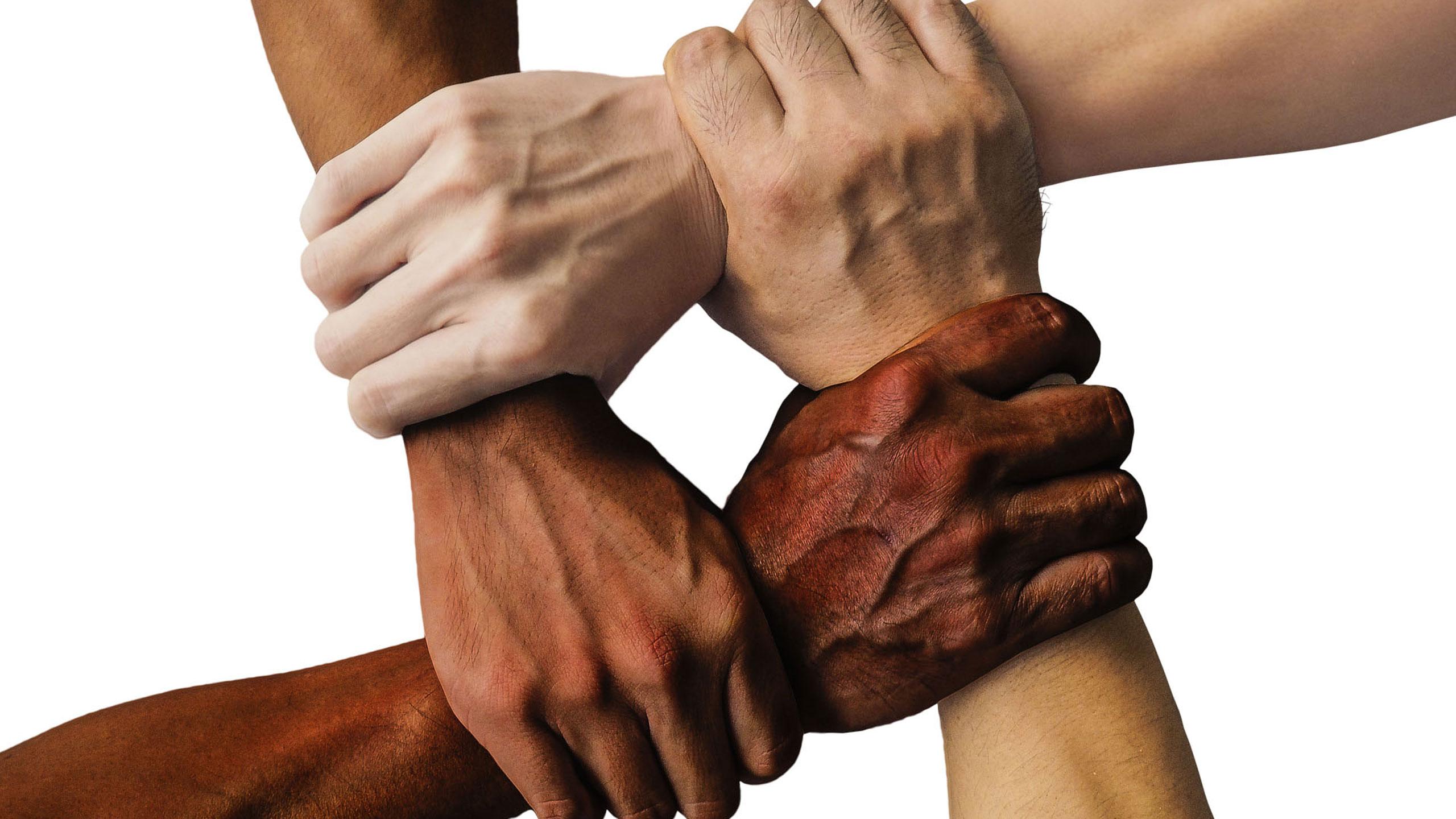By Sera Wong
Ever wondered exactly how welcoming Toronto is?
My City of Migration Diagnostic (MyCOM) gives users the ability to rate immigrant integration and inclusion in their city, while profiling strengths and weaknesses.
The app is the result of a two-year project supported by Open Society Foundations and led by the Cities of Migration initiative at Ryerson’s Global Diversity Exchange (GDX) with international partners. Ryerson’s GDX provides initiatives and tools needed to encourage immigrant diversity and inclusivity around the world.
The project helps those who are responsible for policy-making worldwide understand conditions that improve or worsen migration in urban areas. It also helps policy-makers design and implement practices that are inclusive to all cultures.
MyCOM features five modules that test user’s inclusivity in each aspect that makes up a city. The sections include “City of Arrival”, “Home and School”, “Election Day”, “Healthy City” and “Cities at Work.”
Each module takes six to eight minutes to complete, and once completed, a final score is given based on your answers. The app allows you to compare your score with the average of that city, as well as the global average.
On a scale of one to 10, Toronto scores at approximately 5.5. The global average is around a five out of 10. According to the app, this score makes Toronto an “intentional city of migration.” The scores start low, beginning at invisible, then up to awareness, intentional, strategic and inclusive.
Zhixi Cecilia Zhuang is an urban and regional planning professor at Ryerson who researches multicultural planning and the integration process in Canada. She took the test herself, and said she had originally perceived Toronto as more inclusive before she took the test.
“We take it for granted how multicultural our society is and how diverse, if we just look at the population data,” she said. “Yes, indeed, we are multicultural, we are diverse, but so what?”
She says to be truly inclusive, policy makers need to see our diversity reflected in all urban spaces through strategies and policies enforced not only federally, but municipally.
“I’m sure lots of people will agree that we are diverse,” she said. “But diversity doesn’t really mean inclusivity. It’s when it’s operated at the ground level, when it’s actually affecting everyone’s life.”
Darrick Vaz, a second-year hospitality and tourism student, immigrated to Canada almost 11 years ago from the Philippines. He attended a middle school in Ontario that was not racially diverse. He said he hasn’t dealt with racism since middle school, when a parent blamed him for when another student got into a fight, saying, “it was probably that new Filipino boy.”
“As far as I was concerned I was the only Filipino at the school, which never got in the way of interacting with people,” he said. “I never felt left out, if anything, people made me feel involved in everything.”
Despite this, Toronto still only scores 0.5 higher than the global average.
Elliot Max Raben, a second-year RTA student, is the son of immgrant parents. His parents immigrated to Canada from Ukraine and Latvia. He says the greatest challenge they faced when moving to Canada was money.
“[The greatest challenge was] not in terms of discrimination, but kind of just getting money…so it was, in a sense, restarting,” Raben said.
MyCOM allows users to rate the success of immigrant entrepreneurs in the city. This can include how often citizens use services from immigrants.
Raben’s mother was a music teacher in Ukraine, and he says she brought her knowledge of that to Canada for work. Raben said when she started as a music teacher, it was difficult on her because she had to bus everywhere.
“She would have one student but the money she’d make on that one student would be used on getting to and from school, and it actually cost more to get to and from school at the time,” he said. “So she wasn’t making money at the time still. And then slowly, she got two students, then three students, then groups. And then she grew and started actually making money.”
Zhuang says that Toronto does not fully see its diversity reflected along its urban landscape.
She references farmers’ markets, street markets that sells fresh fruits, vegetables and the like, and compares it to street food sold in Asian countries, and how one is respected, and the other is thought of as dirty.
“Ideally, everyone should have equal access to other spaces, to public space,” she said. “I’m not just talking about the street as public space. We’re talking about the streets, the parks, the public libraries, public institutions, and even some of the privately owned spaces.”
“They should also have the equal right to create those spaces.”











Leave a Reply